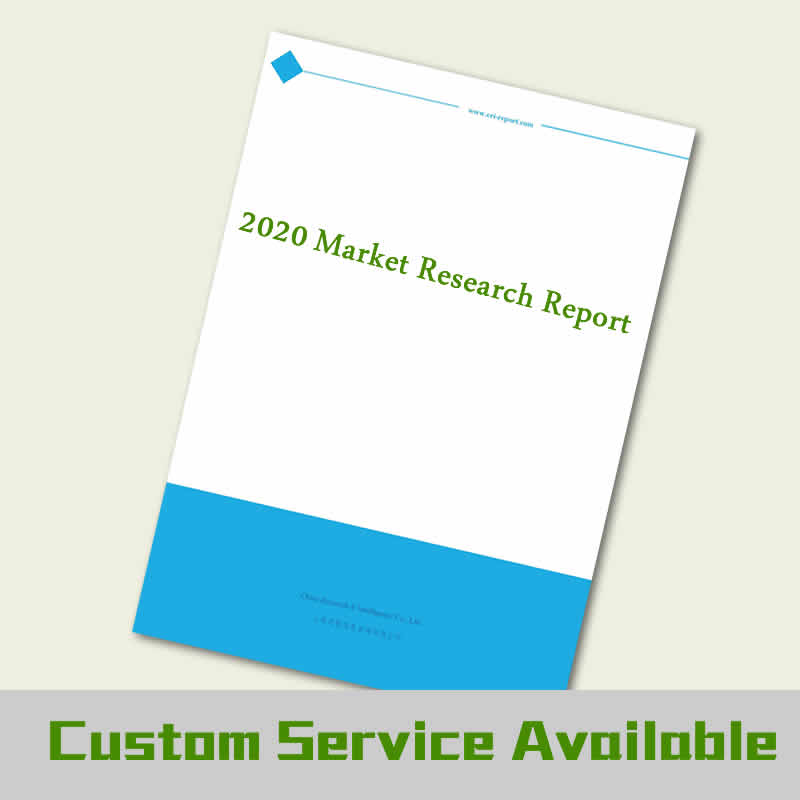Description
3D Printing Materials Market to surge at 20.99% CAGR, increasing innovations in technology expected to propel growth
This market is anticipated to reach USD 3,597.32 million by 2030. the market is estimated to portray a CAGR of 20.99% during the forecast period i.e. 2020-2030. As per the report, increasing innovations in technology is likely to drive the market for 3D printing materials in the coming years.
The advantages such as rapid manufacturing procedure, extreme quality goods, cost-efficiency, and rising demand for high-functioning materials are expected to upsurge the sector growth in the coming years. Furthermore, 3D printing decreases the risk of mistakes and is extremely preferable for bulk production, which is expected to lead to the market growth. Additionally, rising application scope of 3D printing technology based on of rapid technological progressions in the U.S. is anticipated to push the market growth in the coming years. Growing demand for modified products in the country together with promising government guidelines have resulted in high spending by several producers in the region.
The market report on global 3D printing materials market comprises of the following in-depth analysis:
• The estimated value of the market in 2019 was USD 1,141.28 million.
• Based on form, the filament segment emerged out as a key segment in the 3D printing materials market across the globe.
• On the basis of end-use industries, the healthcare segment came out to be the leading segment of the market.
• Region-wise, the market in North America is witnessed to be the key market segment in the growth of the market.
• Key players are likely to focus on product innovations and expansion through union to retain their positions in developed markets.
3D printing is a production procedure where an object is manufactured in three magnitudes by layering of objects in sequence precisely from a pre-defined computer file comprising of the digital 3D model. The procedure is also known as Additive Manufacturing. 3D printing materials are those materials which can be easily operated by the 3D printing machines to manufacture the preferred object. Originally in the 1980s, 3D printing technology was in its promising phase and the 3D printing materials used were wax and simple thermoplastics ever since its drive was restricted to prototyping and sampling. On the other hand, in the current scenario, 3D printing has grown further than prototyping and is applied directly for operational purposes resulting in the utilization of more complex and cultured materials which needs it to be dependable and long-lasting.
Global 3D printing materials market is segmented by form into powder, liquid and filament. Among these, the filament segment emerged as the key segment, holding a market share of xx% in 2019. The market is segmented by end-use industries into automotive, healthcare, aerospace & defense, electronics & consumer goods, construction, industrial, education & research, personal/prosumer and others. Among these, the healthcare segment came out to be the key segment of the market, capturing xx% of the total market share in 2019. Region-wise, the worldwide 3D printing materials market is segmented into North America, Latin America, Europe, Middle East & Africa and Asia Pacific. Among these, the market in North America is witnessed to be the key segment, acquiring xx% of the total market share in 2019.
Key Players in the Market
Some of the key players in global 3D printing materials market are 3D System, Hoganas AB, Arkema, Sandvik AB, Royal DSM, Materialise N.V., Ex One Company, Electro Optical Systems, Stratasys Ltd. and General Electric.
Get Valuable Insights into 3D Printing Materials Market
The report thrives to present an unbiased analysis the global 3D printing materials market that covers the historical demand data as well as forecast figures for the period i.e. 2020-2030. The study includes compelling insights into growth that is witnessed in the market. The global 3D printing materials market is segmented by product type into polyjet, fuse deposition modeling, selective laser sintering, stereolithography and Colorjet. The market is segmented by material type into polymer, plastic, metal, ceramic and composite. The global 3D printing materials market is divided by form into powder, liquid and filament. On the basis of end-use industries, the market for 3D printing materials is divided into automotive, healthcare, aerospace & defense, electronics & consumer goods, construction, industrial, education & research, personal/prosumer and others. Region-wise, the market is segmented into North America, Latin America, Europe, Middle East & Africa and Asia Pacific.



